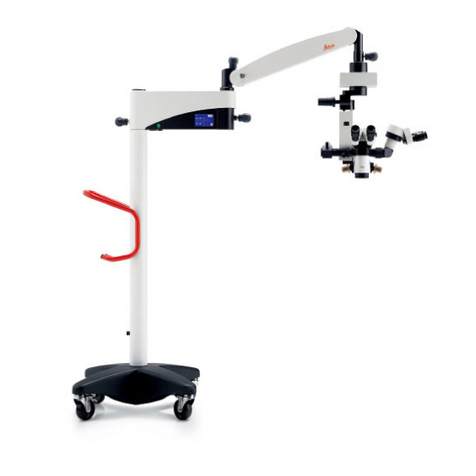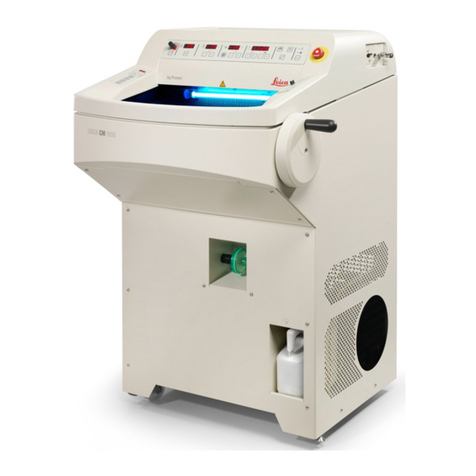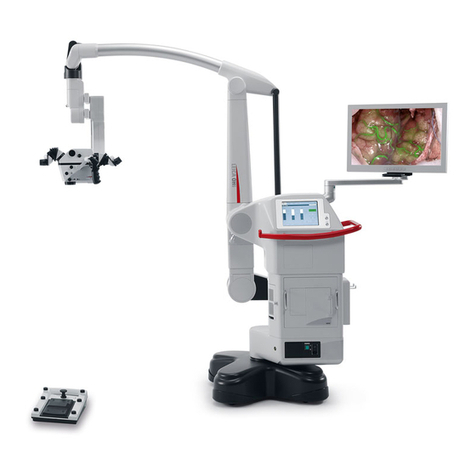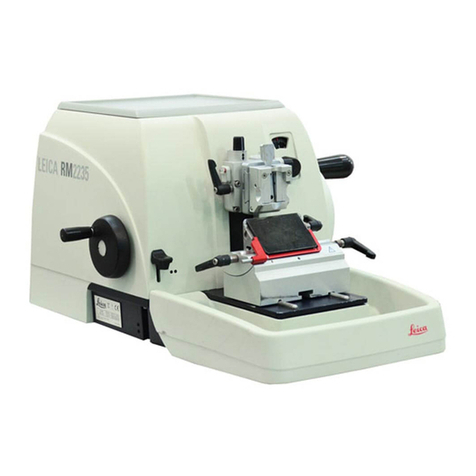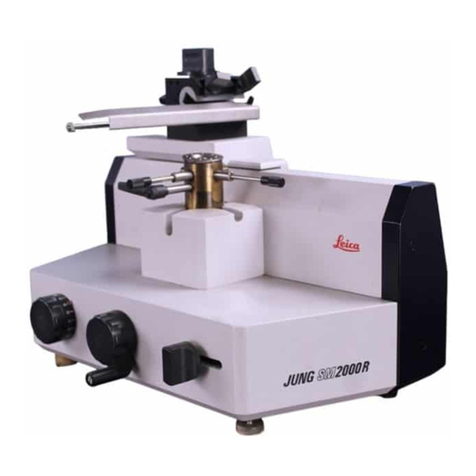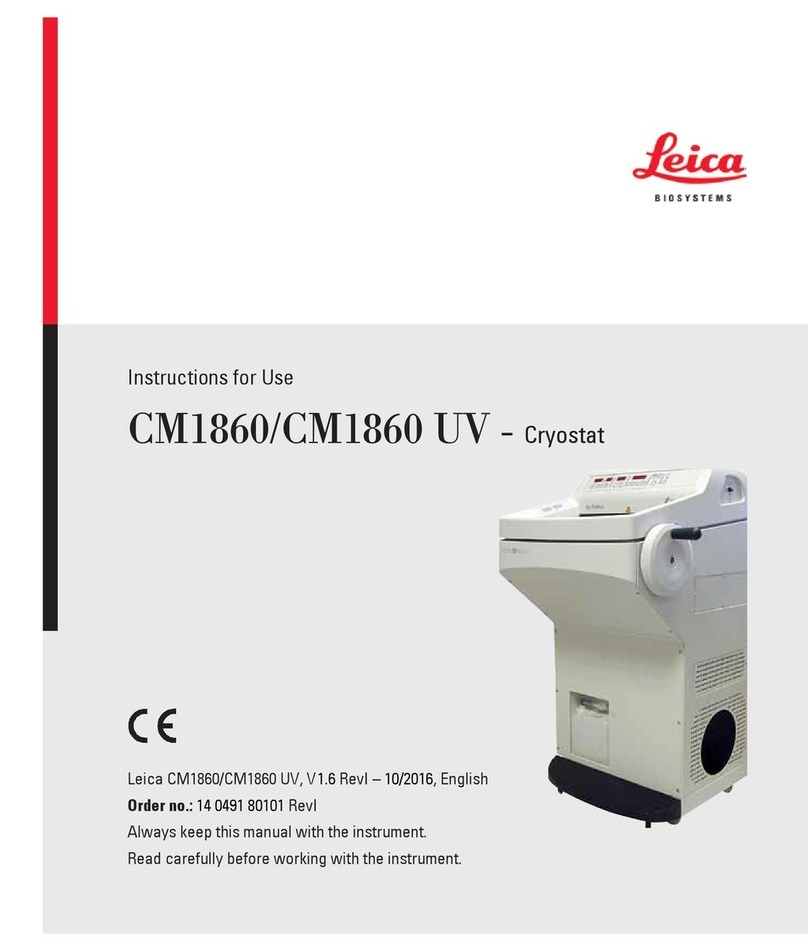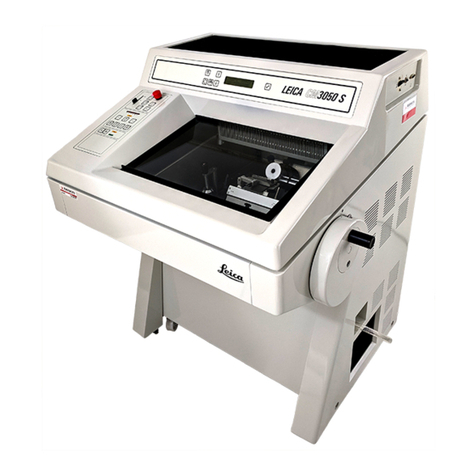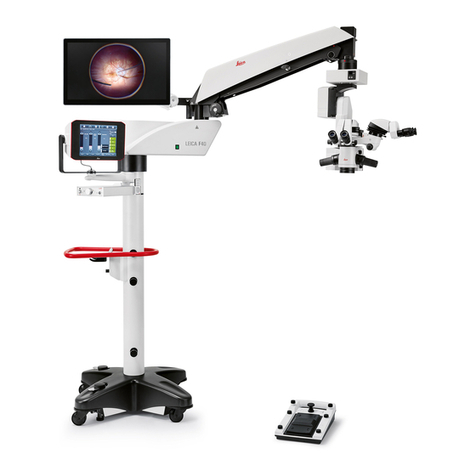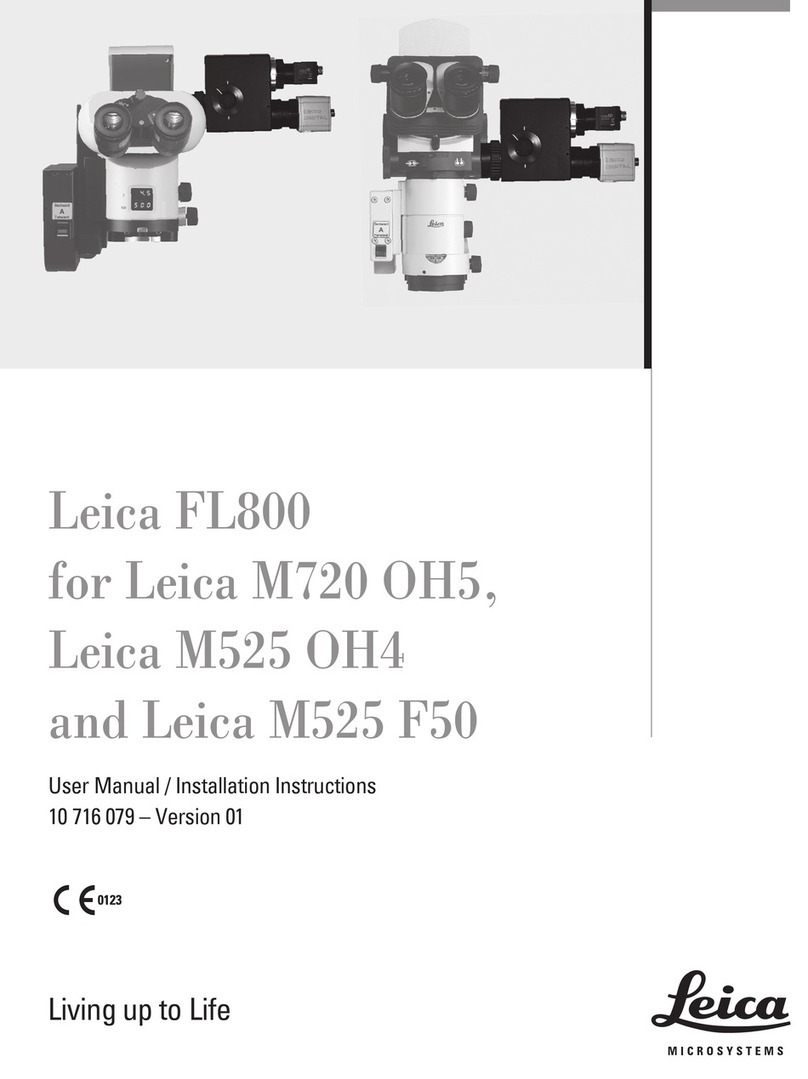
Instruction manual V 5.3 – 10/2006
4
2. Table of contents
2. Table of contents.................................................................................................................................................................... 4
3. Safety instructions for handling the instrument ............................................................................................................... 5
4. Technical data ........................................................................................................................................................................ 8
5. General description ............................................................................................................................................................. 10
5.1 Optional models .................................................................................................................................................................... 10
5.2 Designed use/improper handling ...................................................................................................................................... 10
5.3 Standard delivery ................................................................................................................................................................. 10
6. Unpacking the instrument .................................................................................................................................................. 11
6.1 How to open the crate ......................................................................................................................................................... 11
6.2 How to remove the packing materia ................................................................................................................................. 11
6.3 Mounting the ramp ............................................................................................................................................................... 12
6.4 Transport to the installation site ........................................................................................................................................ 13
7. Installation ............................................................................................................................................................................ 14
7.1 Site requirements ................................................................................................................................................................. 14
7.2 Transport to the desired site - Relocation ....................................................................................................................... 15
7.3 Assembly of the handwheel ............................................................................................................................................... 17
7.4 Locking the handwheel ....................................................................................................................................................... 17
7.5 Mounting the heat extractor .............................................................................................................................................. 17
7.6 Inserting the accessories ................................................................................................................................................... 18
7.7 Inserting the optional accessories ................................................................................................................................... 19
8. Operation ............................................................................................................................................................................... 20
8.1 Precooling the knife ............................................................................................................................................................. 20
8.2 Installing the knife holder base ......................................................................................................................................... 20
8.3 Inserting the knife holder .................................................................................................................................................... 21
8.4 Connection to the mains ..................................................................................................................................................... 21
8.5 Turning on the instrument .................................................................................................................................................. 21
8.6 Leica CM1900 – Overview ................................................................................................................................................... 22
8.7 Programming the desired values ...................................................................................................................................... 24
9. Daily operation ..................................................................................................................................................................... 30
9.1 Selection of the adecuate chamber temperature .......................................................................................................... 30
9.2 Specimen freezing ............................................................................................................................................................... 30
9.3 Activating / deactivating the specimen cooling ............................................................................................................. 31
9.4 Activating / deactivating the cryochamber cooling ...................................................................................................... 31
9.5 Inserting the specimen discs in the specimen head ..................................................................................................... 31
9.6 Inserting the knife in the knife holder ............................................................................................................................... 32
9.7 Moving the specimen towards or away from the knife via coarse feed ................................................................... 33
9.8 Trimming ................................................................................................................................................................................ 33
9.9 Adjustment of the anti-roll guide ....................................................................................................................................... 34
9.10 Sectioning .............................................................................................................................................................................. 34
10. Cleaning and disinfection .................................................................................................................................................. 35
10.1 Cleaning and disinfection ................................................................................................................................................... 35
10.2 Turning the instrument back on ......................................................................................................................................... 35
11. Removal of the microtome .................................................................................................................................................. 36
11.1 How to remove the microtome: ........................................................................................................................................ 36
12. Reinstallation of the microtome ........................................................................................................................................ 38
12.1 How to return the microtome to the cryochamber ........................................................................................................ 38
13. Maintenance ......................................................................................................................................................................... 40
13.1 General maintenance .......................................................................................................................................................... 40
13.2 Replacement of the lamp .................................................................................................................................................... 41
14. Troubleshooting ................................................................................................................................................................... 42
15. Temperature Selection Chart............................................................................................................................................. 45
16. Optional accessories .......................................................................................................................................................... 46
16.1 Orienting specimen head .................................................................................................................................................... 46
16.2 Thermal block ....................................................................................................................................................................... 47
17. Ordering information ........................................................................................................................................................... 48
18. Warranty and service .......................................................................................................................................................... 50


